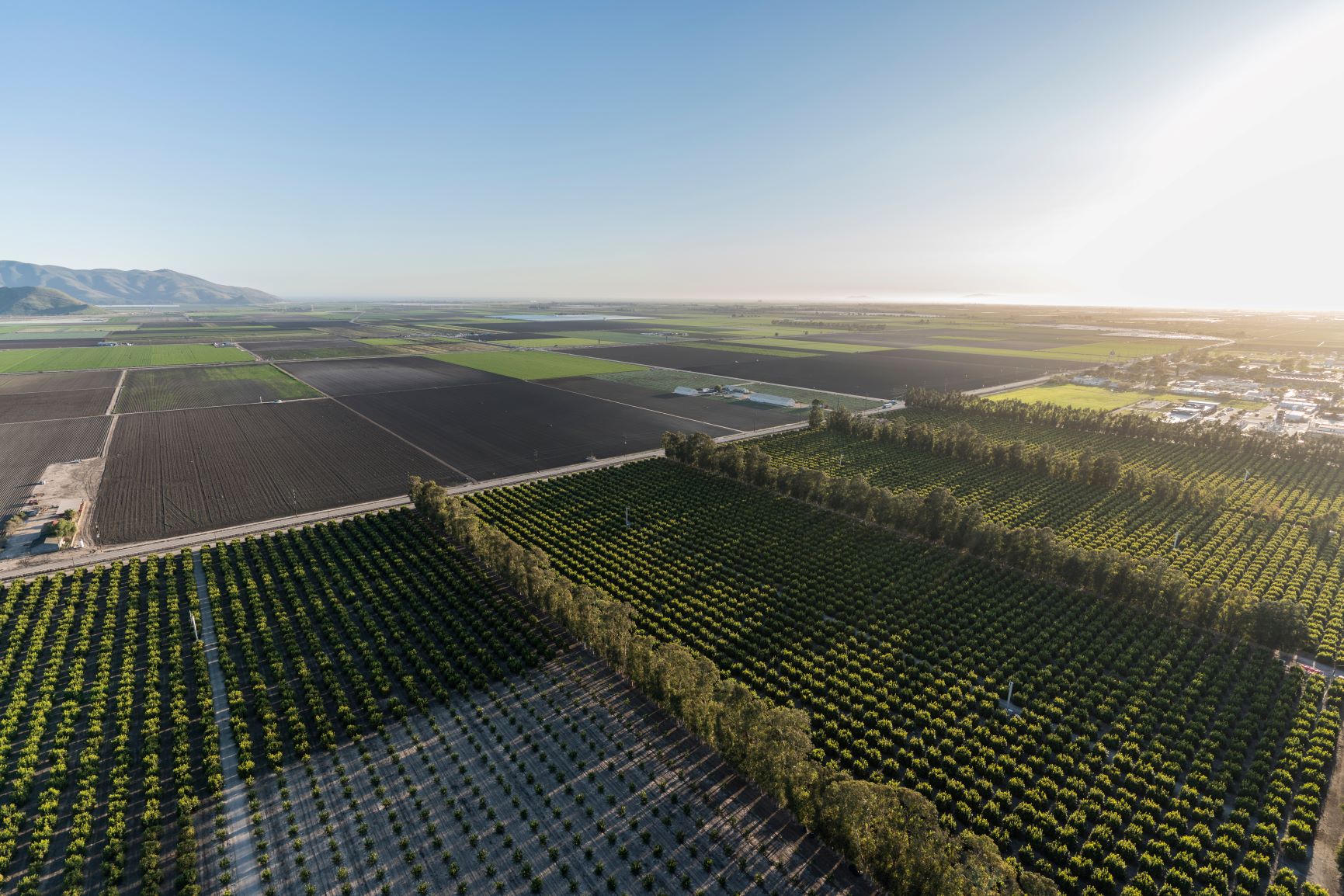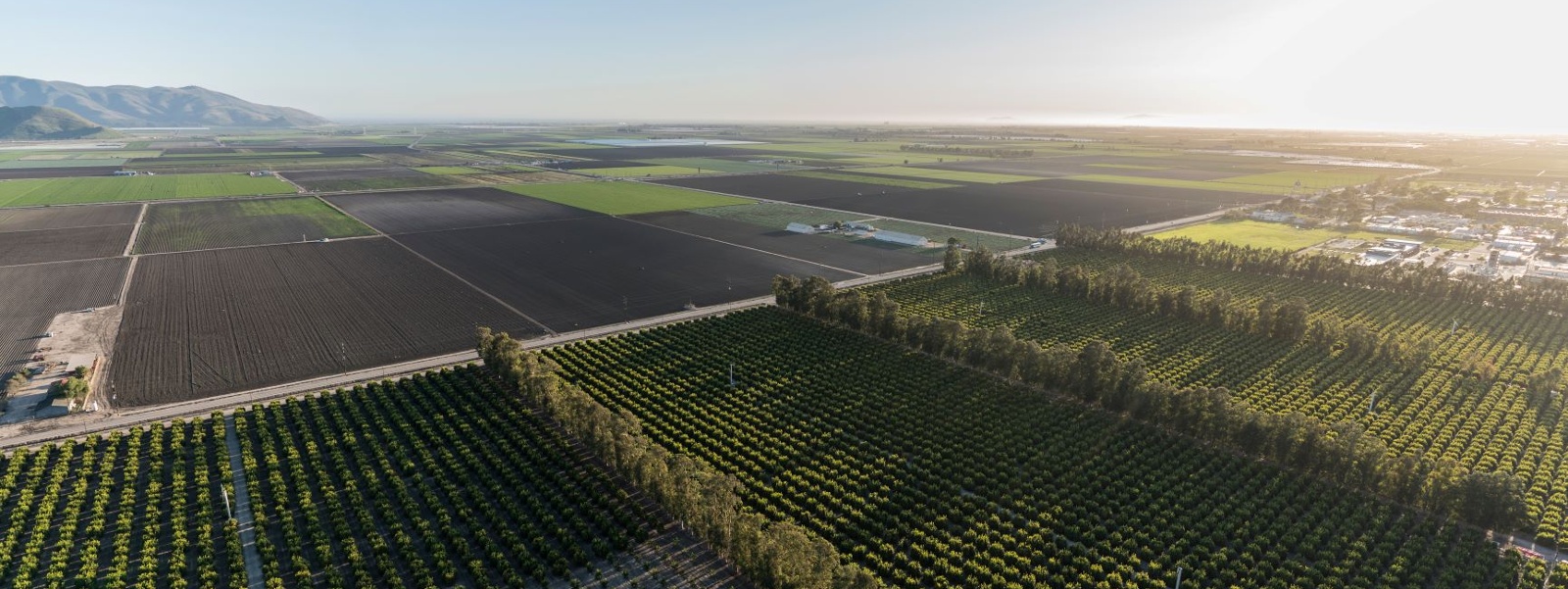Forum focuses on mill tax, burdens facing agriculture

The Western Plant Health Association, which represents crop protection interests, hosted a conference in Sacramento on challenges facing California agriculture. Topics of discussion included low commodity prices, high input costs, regulations and taxes, including an increase in the state mill assessment on pesticide sales.

By Christine Souza
Guided by a plan that prioritizes sustainable pest management and a goal to eliminate high-risk pesticides by 2050, officials from the California Department of Pesticide Regulation last week discussed agency priorities now being supported by a $34 million revenue boost from raising the mill assessment on pesticide sales.
Annual increases in the mill assessment—a fee that farmers pay when they purchase pesticides—went into effect in July after Gov. Gavin Newsom signed Assembly Bill 2113, which authorized tiered assessment increases.
From July 1 to June 30, 2025, the rate increased from 21 mills, or 2.1 cents per dollar of sales, to 24.5 mills, or 2.45 cents per dollar of sales. The fee increases again in 2025 and 2026 and jumps to 30 mills, or 3 cents per dollar of sales, July 1, 2027.
DPR Director Julie Henderson said the mill assessment increase will support agency priorities and add 117 new positions. The department is working on streamlining processes, timely processing of pesticide product registration, reviews and evaluations, and to expand adoption of Sustainable Pest Management.
Henderson outlined the agency’s priorities last week at a regulatory conference held in Sacramento by the Western Plant Health Association, which represents crop protection interests, including product manufacturers and distributors, and agricultural retailers.
The gathering featured a state-of-agriculture address by California Farm Bureau President Shannon Douglass. She discussed challenges facing farmers and ranchers, including low commodity prices, high input costs and burdensome regulations, which Douglass said make it tough to remain profitable, especially for small, mid-sized and beginning farmers.
“We are really looking at some of the toughest commodity prices that we have seen in a very long time,” said Douglass, a diversified Glenn County farmer based in Orland. “Right now, the only profitable thing on our farm is the livestock. Otherwise, most of our crops we are producing at minimal margins.”
For some commodities, the price farmers earn is below the cost of production, including for walnuts, she said.
“We are losing money to keep our walnuts alive right now and hoping that we maintain them just enough so that hopefully prices improve and markets get better in the next few years,” Douglass said.
Farmers have a challenging time navigating layers of regulations in the state, Douglass said, noting that small and mid-sized farmers cannot afford to hire outside consultants to complete complicated paperwork to comply and must do the work themselves.
Comparing state and federal regulatory costs for Central Coast growers in 10 years, she cited two economic studies by Cal Poly, San Luis Obispo—one in 2008 and the other in 2018. “We were not surprised to find the costs had increased,” she said. “The regulatory costs for a mid-sized California produce grower on the Central Coast had increased by 795%.”
Douglass expressed her love of farming in California. But she said economic and regulatory pressures that farmers and ranchers face have motivated some agricultural businesses to leave the state at a rate higher than the national average.
“We grow great crops here, and we can do a great job and provide safe, healthy and wholesome food to this whole country,” Douglass said. “But we have to have an environment where our farmers can thrive, because if our farmers cannot be financially sustainable and they can’t pass the farm onto the next generation, then we don’t have that opportunity.”
During her remarks, Henderson said DPR is focusing on protecting health, communities and the environment, while also maintaining a productive agricultural sector. To manage pests effectively and sustainably and have communities thriving, Henderson said, “all of these have to work together.”
Terry Kippley, president of the Council of Producers and Distributors of Agrotechnology, based in Arlington, Virginia, said the council is hopeful that resources and other proposed efficiencies coming to DPR will significantly improve the backlog of registering new tools.
“We need predictable and science-based regulatory decisions if we are going to meet the moral imperative of feeding a growing global population while also ensuring we have a vibrant and sustainable agricultural industry,” Kippley said.
Developing and approving new pesticides is time-consuming and expensive for registrants, often requiring years and hundreds of millions of dollars before a product can be brought to market, according to Christopher Reardon, government affairs director for the California Farm Bureau.
In addition, government approval of new pest management materials for use by agriculture is often delayed due to regulatory and legal challenges, he added.
“There are new materials that our friends in the cotton industry are interested in getting into the marketplace, and growers on the Central Coast are concerned about cancellation of an herbicide used in broccoli, cauliflower and cabbage,” Reardon said. “Long term, what are they going to be able to use? What is the industry going to do without a replacement?”
With more crop protection materials declining in efficacy as pests and diseases develop resistance, Henderson said DPR and stakeholders must collaborate to identify new materials to register for use in the state.
“We need to look into the future, so that as new risks are identified, we’re able to have other tools and practices in their place and ensure that growers and urban pest managers have really effective toolkits to be able to manage pests,” Henderson said. “We know that if there are no alternatives to take the place of something that is off the market, that is extremely challenging.”
For a more streamlined product registration process, Henderson said DPR is moving from a paper-based system to one that’s electronic through the California Pesticides Electronic Submission Tracking System, or CalPEST. In addition, in early 2025, DPR is launching a first-of-its-kind pesticide application notification system to provide advance information on applications of restricted pesticides used in agriculture. This includes an online map of planned applications created with data from the notices of intent that farmers submit to county agricultural commissioners before applying pesticides.
Farm groups have expressed concerns that the system would trigger appeals from activists to cancel restricted-use pesticide permits.
In a time of significant changes at DPR, Emily Saad, senior managing scientist at Exponent, a Sacramento-based engineering and consulting firm, said this presents “a significant opportunity for collaboration.”
“As we look forward,” Saad said, “I think we can see additional opportunities for collaboration to ensure that California growers have access to the tools that they need to ensure food security and battle pests amidst a changing climate and very significantly altered resource demands.”
(Christine Souza is an assistant editor of Ag Alert. She may be contacted at csouza@cfbf.com.)




